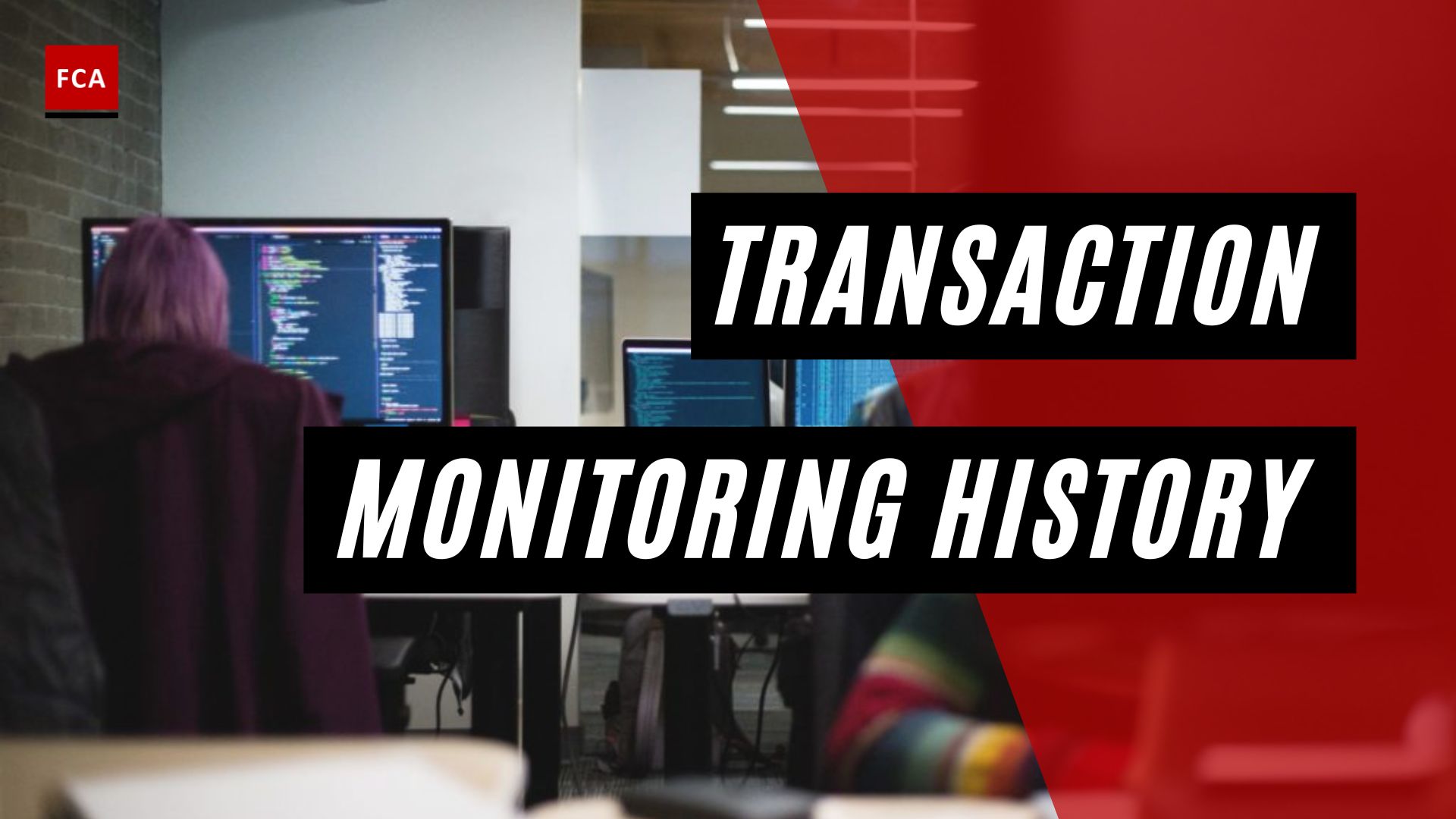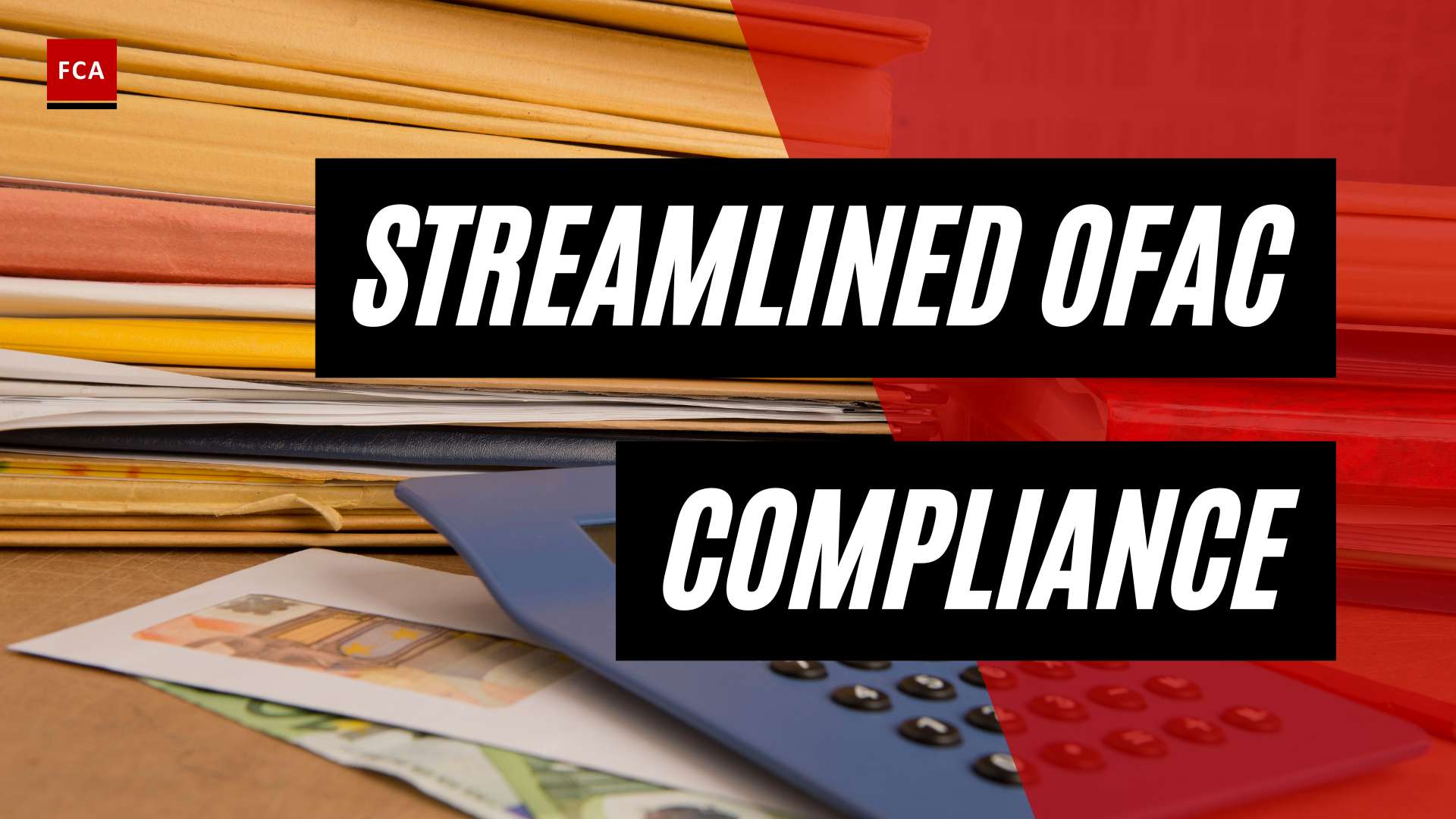Designing Effective AML Training Programs
When it comes to combating money laundering and ensuring compliance with regulatory requirements, designing effective Anti-Money Laundering (AML) training programs is crucial. These programs educate employees on the techniques employed by money launderers, red flags to look out for, and the importance of reporting suspicious activities to the designated compliance officer. Let’s explore the importance of AML training programs, regulatory requirements, and the key components that make them successful.
Importance of AML Training Programs
AML training programs play a vital role in maintaining Know Your Customer (KYC) and AML compliance within financial institutions. They provide employees with the knowledge and skills necessary to identify and prevent financial crimes. By raising awareness about different money laundering schemes and the consequences of non-compliance, these programs help mitigate risks and protect the reputation of the institution (KyrosAML).
Regulatory Requirements for AML Training
Financial institutions are required to enroll their employees in AML training programs as mandated by regulatory bodies such as the Financial Action Task Force (FATF) and the Financial Crimes Enforcement Network (FinCEN). These regulations ensure that institutions have robust measures in place to combat money laundering and adhere to KYC and AML guidelines (KyrosAML).
Key Components of an AML Training Program
To design an effective AML training program, several key components should be considered:
-
Training Content and Curriculum: The content of AML training programs should be regularly updated to reflect the latest trends and techniques used by money launderers. It should cover topics such as identifying suspicious transactions, reporting obligations, customer due diligence, and regulatory requirements. The curriculum should be comprehensive, engaging, and tailored to the specific needs of the institution (KyrosAML).
-
Continuous Monitoring and Evaluation: Monitoring employees’ progress and comprehension of AML training materials is essential. This allows institutions to identify any gaps in knowledge or areas that may require additional focus. Regular assessments and evaluations help ensure that employees understand AML concepts thoroughly and provide targeted interventions to enhance the overall effectiveness of the training program (KyrosAML).
-
Utilizing Online Training Platforms: Online training platforms offer a convenient and cost-effective way to deliver AML training to employees. These platforms provide remote access, interactive modules, and assessments to enhance learning retention. Employees can access training materials from anywhere at any time, ensuring flexibility and convenience (KyrosAML).
By incorporating these key components, financial institutions can develop AML training programs that effectively educate employees on money laundering risks, regulatory requirements, and the importance of compliance. These programs not only mitigate risks and financial crimes but also enhance the institution’s compliance efforts and reputation within the industry. Stay tuned as we explore the next steps in developing tailored AML training programs.
Developing Tailored AML Training
To ensure the effectiveness of Anti-Money Laundering (AML) training programs, it is crucial to develop tailored training that meets the specific needs of employees in different roles. This section explores the key aspects of developing tailored AML training, including understanding money laundering risks, targeted training for different job roles, and advanced training for compliance officers.
Understanding Money Laundering Risks
AML training programs should provide employees with a comprehensive understanding of money laundering risks and the techniques used by money launderers. By educating employees about different types of money laundering schemes and red flags to look out for, they can develop the necessary skills to identify and report suspicious activities.
The training should cover topics such as the stages of money laundering, common methods used to disguise illicit funds, and the importance of reporting any suspicious transactions or activities to the designated compliance officer. By raising awareness of the risks and consequences associated with money laundering, employees can play an active role in preventing financial crimes.
Targeted Training for Different Job Roles
Different job roles within a financial institution have varying levels of exposure to money laundering risks. To address this, AML training programs should be tailored to the specific needs of each role. For example, employees in customer-facing roles may require training on customer due diligence and identifying potential money laundering activities during the onboarding process.
On the other hand, employees in back-office functions or those involved in transaction monitoring may benefit from training on how to detect suspicious patterns or anomalies in financial transactions. Targeted training ensures that employees receive the relevant knowledge and skills necessary to fulfill their specific responsibilities in mitigating money laundering risks.
Advanced Training for Compliance Officers
Compliance officers play a critical role in ensuring the effectiveness of AML programs within financial institutions. They are responsible for developing and implementing AML policies and procedures, conducting risk assessments, and overseeing the training of employees.
Advanced training programs should be provided to compliance officers to enhance their knowledge and skills in managing AML risks. This training should cover topics such as regulatory updates, emerging trends in money laundering, conducting investigations, and implementing internal controls. By equipping compliance officers with advanced training, they can effectively lead AML efforts within the organization and ensure compliance with AML regulations.
Developing tailored AML training programs requires a deep understanding of money laundering risks, the specific needs of different job roles, and the importance of advanced training for compliance officers. By providing targeted training, financial institutions can enhance the overall effectiveness of their AML programs and strengthen their ability to detect and prevent financial crimes.
To learn more about effective AML training methods, designing AML training curriculum, and ensuring compliance with AML regulations, refer to our aml training program development guide.
Implementing AML Training Programs
Once the design and development of an AML training program are complete, it’s essential to focus on the implementation phase. This section will explore three key aspects of implementing AML training programs: training content and curriculum, continuous monitoring and evaluation, and utilizing online training platforms.
Training Content and Curriculum
The effectiveness of an AML training program heavily relies on the quality and relevance of its content and curriculum. A well-designed curriculum ensures that employees receive comprehensive training on various aspects of anti-money laundering, including different money laundering schemes, red flags to watch out for, and the importance of reporting suspicious activities to the designated compliance officer.
To keep up with the dynamic nature of financial crimes, the training content should be regularly updated to reflect the latest trends and techniques used by money launderers. This ensures that employees are equipped with the knowledge and skills necessary to identify and prevent financial crimes effectively. Regular training sessions also help employees stay informed about evolving AML regulations, fostering a culture of vigilance in detecting suspicious transactions.
Continuous Monitoring and Evaluation
Continuous monitoring and evaluation play a vital role in the success of an AML training program. By consistently assessing employees’ progress and comprehension of the training materials, financial institutions can identify any gaps in knowledge or areas that may require additional focus. This enables targeted interventions to enhance the overall effectiveness of the AML training program.
Evaluation methods can include quizzes, assessments, and case studies to measure employees’ understanding of AML concepts and their ability to apply that knowledge in real-world scenarios. These evaluations should be conducted at regular intervals to track progress and identify areas for improvement. By analyzing the results, financial institutions can tailor future training sessions to address specific knowledge gaps and reinforce key concepts.
Utilizing Online Training Platforms
In the digital age, online training platforms offer a convenient and cost-effective way for financial institutions to deliver AML training to their employees. These platforms provide the flexibility of remote access, enabling employees to complete training modules from anywhere at any time. This is particularly beneficial for institutions with geographically dispersed teams or remote employees.
Online training platforms often incorporate interactive modules, videos, and assessments to enhance the learning experience and improve knowledge retention. They provide employees with the opportunity to engage with the content actively and test their understanding through quizzes and simulations. These platforms also allow administrators to track employees’ progress and completion rates, ensuring compliance with AML training requirements.
By utilizing online training platforms, financial institutions can streamline the delivery of AML training, optimize employee engagement, and facilitate ongoing learning and development.
In conclusion, implementing an AML training program requires careful attention to training content and curriculum, continuous monitoring and evaluation, and the utilization of online training platforms. By focusing on these key aspects, financial institutions can ensure the effectiveness of their AML training initiatives and enhance their ability to mitigate risks and prevent financial crimes.
Ensuring Compliance and Effectiveness
To ensure the effectiveness of Anti-Money Laundering (AML) training programs, financial institutions must implement robust measures to measure, evaluate, and maintain compliance. This section explores key aspects of ensuring compliance and effectiveness in AML training programs, including measuring effectiveness, conducting independent audits and reviews, and understanding the consequences of non-compliance.
Measuring the Effectiveness of AML Training
Measuring the effectiveness of AML training programs is essential to determine whether the program is achieving its intended goals and objectives. Financial institutions should establish metrics and evaluation methodologies to assess the impact of the training on employees’ knowledge, understanding, and ability to apply AML principles in their roles.
Evaluation methods may include pre- and post-training assessments, quizzes, surveys, and practical application exercises. By analyzing the results, institutions can identify areas of improvement, tailor future training sessions, and ensure continuous enhancement of the program’s effectiveness.
Independent Audits and Reviews
Conducting independent audits and reviews of AML compliance programs is crucial to ensure adherence to regulatory standards and identify any gaps or deficiencies. These audits should be conducted by qualified third-party organizations that specialize in risk-based audits specific to the institution.
The audits and reviews assess the overall effectiveness and efficiency of the AML training program, as well as the implementation of AML policies and procedures. They provide an objective evaluation of the program’s strengths and weaknesses, allowing financial institutions to address any identified shortcomings and make necessary improvements to enhance compliance.
Consequences of Non-Compliance
Non-compliance with AML regulations can have severe consequences for financial institutions. Failure to meet regulatory requirements can result in significant fines, penalties, reputational damage, and legal ramifications. For instance, Capital One was fined $390 million for willful and neglectful violations of the Bank Secrecy Act (BSA) and failure to report billions of dollars’ worth of transactions despite warnings from regulators (Unit21).
To mitigate the risks associated with non-compliance, financial institutions must ensure that their AML training programs are comprehensive, up-to-date, and aligned with regulatory requirements. By investing in effective training and implementing robust compliance measures, institutions can proactively prevent financial crimes, protect their reputation, and maintain compliance with Know Your Customer (KYC) and AML regulations.
By continually measuring the effectiveness of AML training, conducting independent audits and reviews, and understanding the consequences of non-compliance, financial institutions can establish a strong culture of compliance and implement effective AML training programs. These efforts not only mitigate risks and financial crimes but also enhance compliance and maintain a positive reputation within the industry.
The Role of AML Training in Financial Institutions
Effective AML training programs play a crucial role in financial institutions by mitigating risks and financial crimes, enhancing compliance and reputation, and ensuring adherence to KYC and AML regulations.
Mitigating Risks and Financial Crimes
AML training programs aim to educate employees about different types of money laundering schemes, red flags to look out for, and the importance of reporting any suspicious activities to the designated compliance officer. By providing comprehensive training, financial institutions empower their employees to detect and prevent financial crimes effectively. Regular training sessions keep employees informed about evolving AML regulations and equip them with the necessary knowledge to stay vigilant in identifying suspicious transactions (KyrosAML).
Enhancing Compliance and Reputation
Financial institutions are required to enroll their employees in AML training programs to ensure compliance with Know Your Customer (KYC) and AML regulations mandated by regulatory bodies such as the Financial Action Task Force (FATF) and the Financial Crimes Enforcement Network (FinCEN). AML training helps organizations establish a culture of compliance, strengthening their ability to comply with regulations and reducing the risk of non-compliance. By promoting a strong compliance culture, financial institutions demonstrate their commitment to ethical practices, which in turn enhances their reputation both within the industry and among customers (KyrosAML).
Compliance with KYC and AML Regulations
AML training programs ensure that employees understand and comply with KYC and AML regulations. These programs provide up-to-date information on regulatory requirements, laws, and procedures, enabling employees to effectively identify and report suspicious transactions. By staying informed about the latest trends and techniques used by money launderers, employees are equipped to identify and prevent financial crimes effectively. Compliance with KYC and AML regulations is critical for financial institutions to maintain the integrity of their operations and meet legal obligations (AML UAE).
By implementing robust AML training programs, financial institutions can effectively combat financial crimes, protect their reputation, mitigate legal and regulatory risks, and foster a culture of compliance and integrity throughout the organization. Continuous monitoring and evaluation of the training program’s effectiveness are essential to identify areas for improvement, update content based on emerging trends and typologies, and ensure that staff remain up to date with the latest regulatory requirements and best practices.








